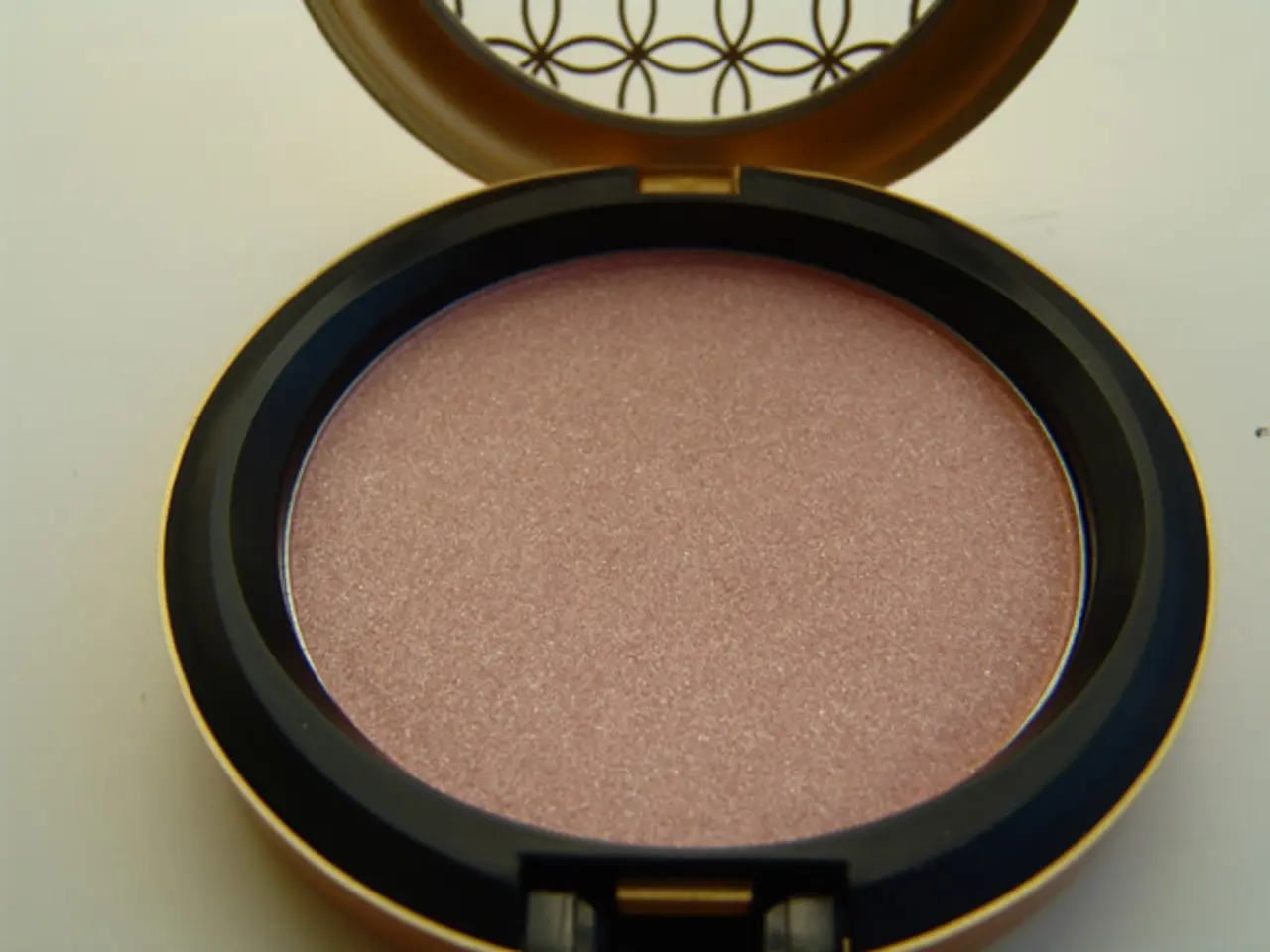Investigation Reveals Glow-Powder Causes Some Skin Markings
In the world of biohacking, a new trend is emerging that blends art with science: self-glowing tattoos. Pioneered by biohacker Miana, this innovative technique involves the use of a silica-coated powder and scarification to create a permanent, luminescent design under the skin. However, as with any unconventional practice, long-term effects and safety concerns are a cause for concern.
## Biocompatibility and Toxicity
While the silica-coated powder is designed for external use, its application in scarification involves placing it under the skin. The long-term effects of silica in dermal applications are not well-documented, and potential toxicity could be a concern. Studies on similar materials generally emphasize the importance of thorough testing to ensure safety and biocompatibility.
## Scarification Procedure
Scarification itself is a painful process that involves cutting the flesh and embedding the powder. This can lead to infection, scarring complications, and potentially lifelong risks if not properly managed.
## Health Hazards of Silica Exposure
Silica exposure is known to cause respiratory hazards when inhaled, and while the context here is subdermal, the material's safety profile for prolonged exposure under the skin is uncertain. Health hazards associated with silica generally highlight the need for protective measures and caution with its use.
## Durability and Fading
The effectiveness of the glowing effect over time is also a concern. Similar UV-reactive materials tend to fade, which could lead to a decrease in the desired glow if the powder degrades over time.
## Lack of Clinical Trials
There have been no clinical trials or long-term studies specifically addressing the use of silica-coated powders in scarification. Therefore, any long-term effects or potential health risks remain speculative and require ongoing monitoring.
In summary, while the technique may offer a unique aesthetic, the safety and long-term effects of using silica-coated powder in DIY scarification are not well-established and carry significant risks. It is crucial to approach such practices with caution and consider the potential for unforeseen health consequences.
It is essential to note that this technique is not a commercially available product and requires sterilization in an autoclave. Moreover, the use of this technique for creating self-glowing tattoos is not approved by medical or legal professionals. The provided link to the powder is not intended as an endorsement for its use in internal applications.
As with any DIY biohacking project, it is crucial to prioritise safety and be aware of the potential risks involved. This new trend in self-glowing tattoos is no exception, and further research is needed to establish its safety and long-term effects.
- The long-term effects of silica, a key component in the self-glowing tattoo technique, are not well-documented when used in dermal applications, raising concerns about potential toxicity.
- The scarification process for creating these tattoos can lead to various complications such as infections, scarring, and potentially lifelong risks if not handled properly.
- Similar materials to the silica-coated powder used in this DIY technique have emphasized the need for thorough testing to ensure safety and biocompatibility due to potential health hazards.
- The durability of the glowing effect of these tattoos is questionable, as similar UV-reactive materials tend to fade over time, which could lead to a decrease in the desired glow if the powder degrades.
- At present, there are no clinical trials or long-term studies specifically addressing the use of silica-coated powders in scarification, leaving any long-term effects or potential health risks speculative and requiring ongoing monitoring.




